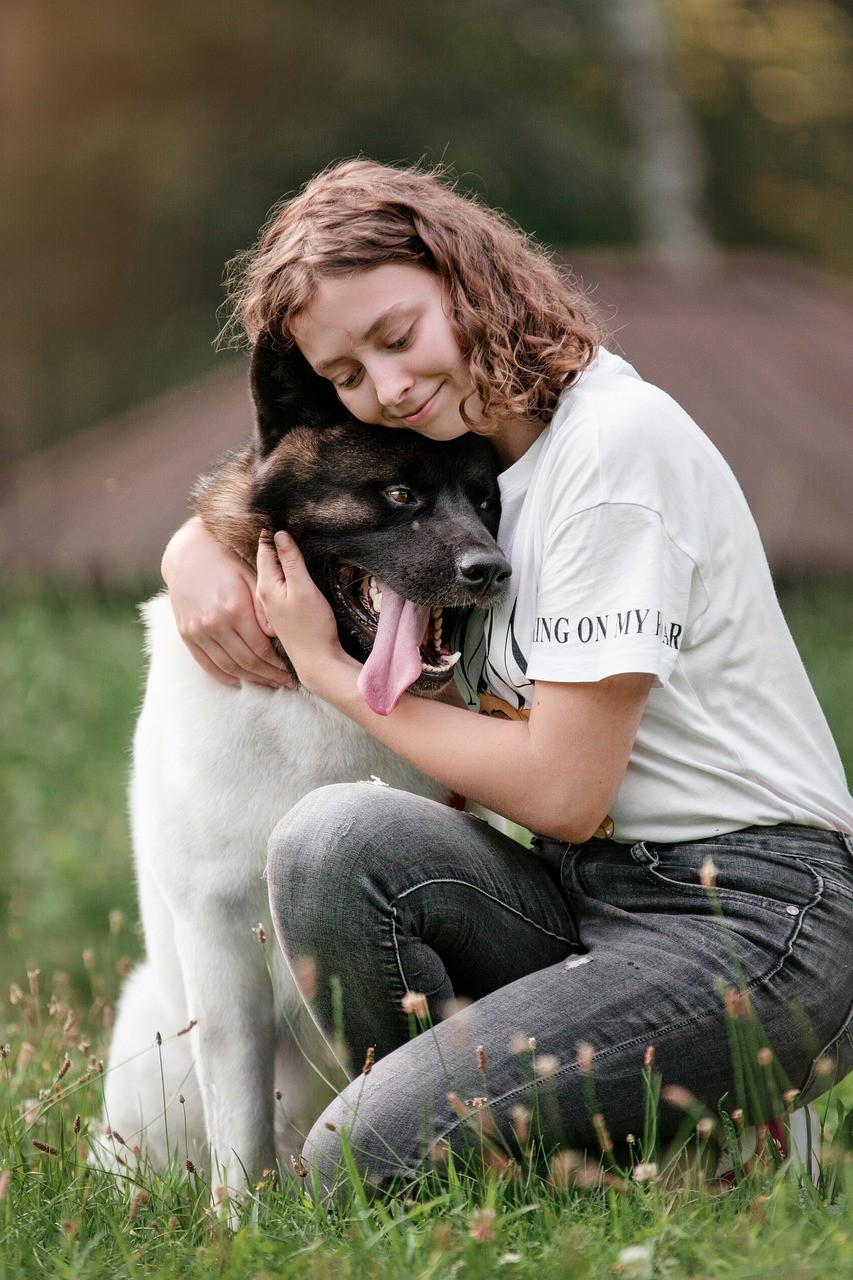- Introduction
- Understanding Pet Boundary Systems
- Types of Safety Barriers
- Selecting the Right Dog Safety Solution
- Installation Processes
- Training dogs to Respect Boundaries
- Advantages of Pet Containment Solutions
- Potential Drawbacks to Consider
- Maintaining Your Pet Safety System
- Adapting Systems for Different Animals
- Technological Advancements in Pet Safety
- Legal and Ethical Considerations
- Comparing Costs of Different Solutions
- Alternative Approaches to Pet Safety
- Future Trends in Animal Containment
- The Importance of Individualized Approaches
- Conclusion
Introduction
In our modern world, balancing dog safety with freedom is a primary concern for animal lovers. Innovative pet containment systems offer a way to achieve this balance, ensuring our furry companions can enjoy outdoor experiences without risking their well-being or wandering too far from home.
Understanding Pet Boundary Systems
These systems are designed to keep animals within a designated area, typically using a combination of technology and behavioral training. These systems can be broadly categorized into two main types:
- Physical barriers
- Electronic containment methods
Each type of boundary solution has its own set of advantages and considerations, which we’ll explore in detail throughout this article.
Types of Safety Barriers
Physical Barriers
Traditional physical barriers remain a popular choice for furbaby owners. They include:
- Fences
- Gates
- Kennels
- Playpens
These tangible boundaries provide a visible perimeter for furbaby. They are often preferred by owners who are uncomfortable with electronic alternatives or have animals that may not respond well to training-based systems.
Electronic Containment Methods
Modern electronic furbaby containment systems utilize technology to create invisible boundaries. They typically consist of:
- A transmitter
- A receiver collar worn by the dog
- Buried boundary wires or wireless signal generators
These pet containment systems work by sending a warning signal to the collar as the animal approaches the boundary. If the dog or cat continues towards the perimeter, a mild static correction is delivered through the collar.
Selecting the Right Dog Safety Solution
Choosing the appropriate containment method depends on various factors:
- Pet size and temperament
- Property layout and size
- Budget considerations
- Local regulations
- Personal preferences
It’s crucial to evaluate these factors carefully to ensure you choose a system that meets your specific needs and those of your dog.
Installation Processes
Physical Barrier Setup
Installing physical barriers like fences or gates typically involves:
- Measuring the area to be enclosed
- Selecting appropriate materials
- Preparing the ground
- Setting posts or supports
- Attaching fencing material
- Installing gates or access points
While some DIY enthusiasts may tackle this project themselves, many dog owners opt for professional installation to ensure the barrier is secure and properly constructed.
Electronic System Setup
Setting up electronic containment methods usually includes:
- Planning the layout
- Burying the boundary wire (for in-ground systems)
- Setting up the transmitter
- Configuring the receiver collar
- Testing the system
Many electronic solutions come with detailed instructions for DIY installation. However, professional installation services are also available for those who prefer expert assistance.
Training dogs to Respect Boundaries
Regardless of the type of containment system chosen, proper training is crucial for its effectiveness. The training process typically involves:
- Introducing the dog to the boundary markers
- Teaching the animal to respond to warning signals
- Gradually increasing the level of distraction
- Reinforcing good behavior with rewards
- Consistent practice over time
It’s important to note that training should be conducted patiently and positively to ensure the dog associates the containment system with a positive experience.
Advantages of Pet Containment Solutions
Implementing a pet safety system offers numerous benefits:
- Enhanced animal security
- Increased freedom for pets to roam
- Reduced risk of pet loss or theft
- Peace of mind for owners
- Compliance with local leash laws or regulations
- Potential cost savings compared to traditional fencing
These advantages make containment systems an attractive option for many dogs owners seeking a balance between safety and freedom for their furry companions.
Potential Drawbacks to Consider
While pet safety solutions offer many benefits, it’s important to consider potential drawbacks:
- Initial cost of installation
- Ongoing maintenance requirements
- Potential for system failures
- Limitations in protecting pets from external threats
- Possible stress or anxiety in some animals
Understanding these potential issues can help pet owners make informed decisions about implementing containment systems.
Maintaining Your Pet Safety System
Regular maintenance is essential for the continued effectiveness of pet containment solutions. Maintenance tasks may include:
- Checking and replacing batteries in electronic components
- Inspecting physical barriers for damage or wear
- Testing electronic systems regularly
- Adjusting boundaries as needed
- Refreshing pet training periodically
Proper maintenance ensures that the containment system remains reliable and continues to keep pets safe.
Adapting Systems for Different Animals
Pet safety solutions can be adapted to suit various types of animals:
Dogs
Most containment systems are designed with canines in mind. Factors to consider include:
- Size and breed of the dog
- Energy level and temperament
- Specific behavioral issues
Cats
While less common, containment systems for felines do exist. These systems often focus on:
- Vertical containment to prevent climbing
- Sensitivity adjustments for smaller pets
- Indoor-outdoor transitions
Other Pets
Some containment systems can be adapted for other animals like:
- Rabbits
- Goats
- Horses
These specialized systems often require custom design and installation to meet the unique needs of different animal species.
Technological Advancements in Pet Safety
The field of pet containment continues to evolve with new technologies:
- GPS-enabled systems for real-time tracking
- Smartphone integration for remote monitoring
- AI-powered behavior analysis
- Solar-powered components for eco-friendly operation
- Customizable correction levels for individualized pet care
These advancements are making containment systems more effective, user-friendly, and tailored to the needs of both pets and their owners.
Legal and Ethical Considerations
When implementing pet safety solutions, it’s important to consider legal and ethical aspects:
- Local regulations regarding fencing and pet containment
- Animal welfare concerns
- Liability issues in case of system failure
- Neighborhood aesthetics and property values
- Privacy considerations for electronic systems
Pet owners should research and understand these factors before installing any containment system.
Comparing Costs of Different Solutions
The cost of pet safety systems can vary widely based on type, size, and features. Here’s a general comparison:
Physical Barriers
- Fencing: $1,500 – $10,000+
- Kennels: $200 – $2,000+
- Playpens: $50 – $500+
Electronic Systems
- In-ground systems: $200 – $1,500+
- Wireless systems: $150 – $600+
- GPS-based systems: $200 – $800+
When considering costs, factor in both initial installation and ongoing maintenance expenses for containment solutions.

Photo by on Pexels
Alternative Approaches to Pet Safety
While containment systems are effective for many, alternative solutions exist:
- Professional dog walking services
- Doggy daycare facilities
- Supervised outdoor playtime
- Indoor enrichment activities
- Leash training for walks
These alternatives may be suitable for pet owners who are uncomfortable with containment systems or have pets that don’t adapt well to such solutions.
Future Trends in Animal Containment
The future of pet safety solutions looks promising, with potential developments including:
- Integration with smart home systems
- Improved battery life and power efficiency
- Enhanced customization based on individual pet behavior
- Non-invasive, wearable technology
- Eco-friendly and sustainable materials
As technology continues to advance, we can expect pet containment systems to become even more sophisticated and animal-friendly.
The Importance of Individualized Approaches
It’s crucial to remember that every pet is unique, and what works for one may not be suitable for another. When considering containment solutions, take into account your pet’s personality, physical capabilities, and emotional needs. Some animals may thrive with the freedom provided by an invisible fence, while others may feel more secure with a physical barrier they can see.
Additionally, consider your own lifestyle and how much time you can dedicate to training and maintaining the chosen system. The most effective containment solution is one that fits seamlessly into both your pet’s life and your own.
Conclusion
Pet containment systems offer a valuable solution for animal lovers seeking to balance their pets’ safety with the freedom to explore. By understanding the types, benefits, and considerations of these systems, pet owners can make informed decisions about the best way to keep their furry friends safe and happy.
Whether opting for a traditional physical barrier or a high-tech electronic system, the key to successful pet containment lies in choosing the right solution, proper installation, and consistent training. With the right approach, these systems can provide peace of mind for pet owners and a safe, enjoyable outdoor experience for animals.
As we look to the future, continued advancements in pet safety technology promise even more effective and humane solutions for keeping our beloved companions secure. By staying informed about these developments and considering the unique needs of their pets, owners can ensure they’re providing the best possible care and protection for their furry family members.
Read more lifestyle and pet articles at ClichéMag.com
Images provided by Deposit Photos, BingAI, Adobe Stock, Unsplash, Pexels, Pixabay & Creative Commons




